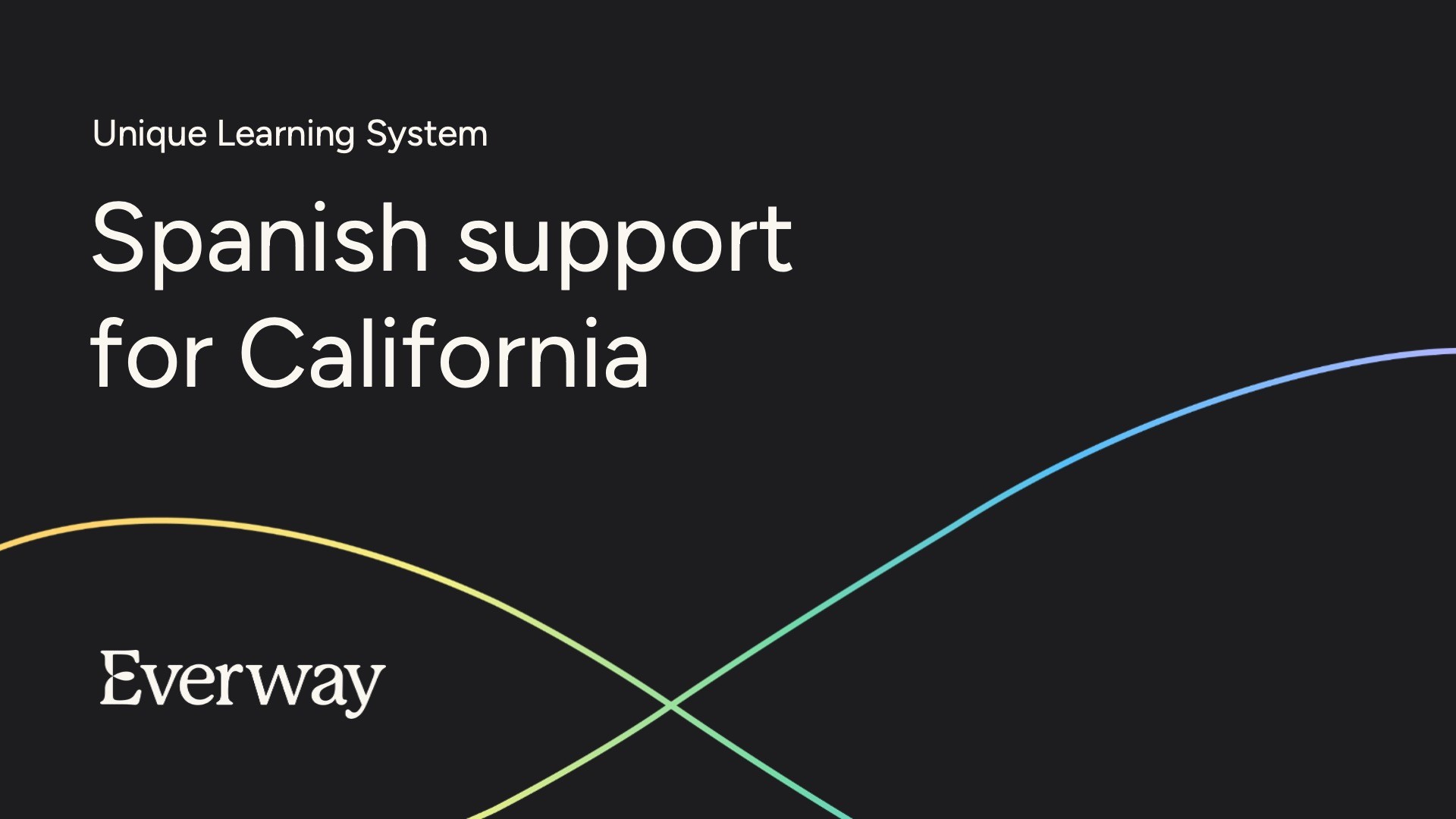CBE is a type of personalized learning in which students master specified knowledge and skills in an individualized setting and time frame. In the traditional school system, students receive a grade at the end of a term or a fixed time period, and they can move on to the next unit or course even if they have not mastered the content—and have only achieved the bare minimum of a “D” grade. In CBE, students must demonstrate a level of competency for all specified learning goals, but they can do so at their own pace. They finish not at the end of a term or unit, but when they have mastered the knowledge and skills. CBE raises the bar because students need to show competency in all parts of a skill or learning outcome as opposed to moving on with deficiencies in some areas.
In order for CBE students to achieve this higher standard of competence, they are given multiple opportunities. Students are allowed to learn from their mistakes and to try and demonstrate their learning again instead of “passing” with a low or failing grade. The competency-based model is a departure from the one-shot mindset in which students only get one chance to show their knowledge. These students are stuck with a grade and either move on regardless of whether they really are competent or they fail and must repeat the entire class.
Although students in CBE learn at their own pace, this is not a self-teaching model in which students move through a computer program on their own without much support or a plan for reaching goals. Teachers provide individualized instruction and support, and they hold students to high expectations. Remember that the Individuals with Disabilities Act (IDEA) guarantees children with disabilities a “free appropriate public education,” but their education needs to provide “more than de minimis” in levels of rigor and expectations.
So, what are some ways to start providing a CBE environment?
For starters, have a clear understanding of the goal or skills the student will achieve. Next, individualize the instruction to meet the desired skills and abilities of the specific learner. Set and track goals based on the student achieving competency in an important area, and understand what needs to be done to truly meet that criteria. Whenever possible, include the student when deciding how they will show their competencies, and what supports they’ll need to meet their goals. Each individual student should also be afforded the appropriate modifications and strategies outlined in their Individual Education Program (IEP) in order to completely meet their goals. Lastly—what are the different types of coursework and assessments that can be used to assist the student in meeting the expected goal? For example, if a student has a goal of explaining and identifying key details of a story, writing a paragraph is not the only way to achieve the goal. Tactile pictures, hand signs or even verbal explanations can be ways of assessing the same content. Think outside of the box!



